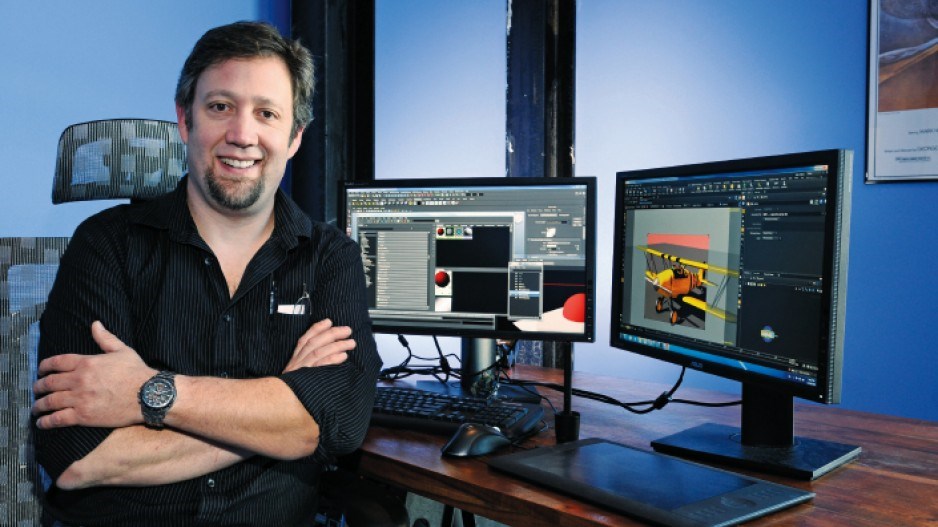A new digital animation and visual effects (VFX) school, claiming to fill a local need for “high end” training, is setting up shop in New Westminster.
CG Masters Academy owner and director Nicholas Boughen told Business in Vancouver that existing local schools for digital animation and VFX are failing to meet the volume of student demand.
“We know that every school gets filled up and that indicates there are more students available than there are schools available,” he said.
But he said that, beyond the crunch for program spaces, the Lower Mainland is failing to train students to industry standard – something that he claims he’ll do at his school.
Boughen said he’s done a lot of local recruiting for film VFX work in nine years working for Method Studios and its previous incarnations, CIS Vancouver and Rainmaker Entertainment Inc.
“I’ve looked at hundreds of demo reels from every school in town.”
Boughen said students graduating from local programs aren’t trained to produce film-quality VFX work, making them expensive hires for local companies, who need to invest in training them up for projects.
“This is one of the main drivers that caused us to put together the school – because we know the VFX industry needs local support and they want to hire local artists,” Boughen said, noting that companies need to hire local employees to cash in on B.C.’s Digital Animation and Visual Effects (DAVE) tax credit.
Boughen, who also teaches at Capilano University’s Nat and Flora Bosa Centre for Film and Animation, said he’s already had expressions of interest for his program and hopes to have a class up and running by January, if not before.
Howard Donaldson, president of DigiBC, agreed that the Lower Mainland needs more program spots in digital animation and VFX programs.
“The animation and VFX industry has grown significantly over the last two years and if that trend continues, we’re going to need to have more skilled animators and artists.”
But Donaldson said that he doesn’t see new schools as the solution.
“I think it’s better if we just expand the schools that we have, rather than try to start something entirely new, because it’s very difficult to start a new program,” he said, adding that he works with local schools to help them increase curriculum and connection to industry.
Donaldson didn’t say whether existing schools are delivering the quality bar that local industry needs but commented that training programs have “improved.”
He said, however, that it’s hard for students to land local jobs when they graduate.
“It’s difficult for students to get jobs unless they’ve distinguished themselves or worked on an internship program in some way, shape or form,” Donaldson said. “But my feeling is that more of the students are more employable today than they used to be – in general.”
Emily Carr University of Art + Design said demand for its animation program has been stable for the past couple of years.
“In 2010 we saw a 27% increase for applicants to the Emily Carr animation program and added an additional cohort to accommodate,” said Bonne Zabolotney, dean of Emily Carr’s faculty of design and dynamic media. “At this time, demand remains consistent and we have no plans to decrease or increase capacity but we will continue to monitor the market and respond to meet student and industry needs.” •




